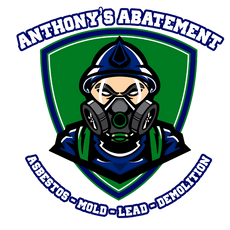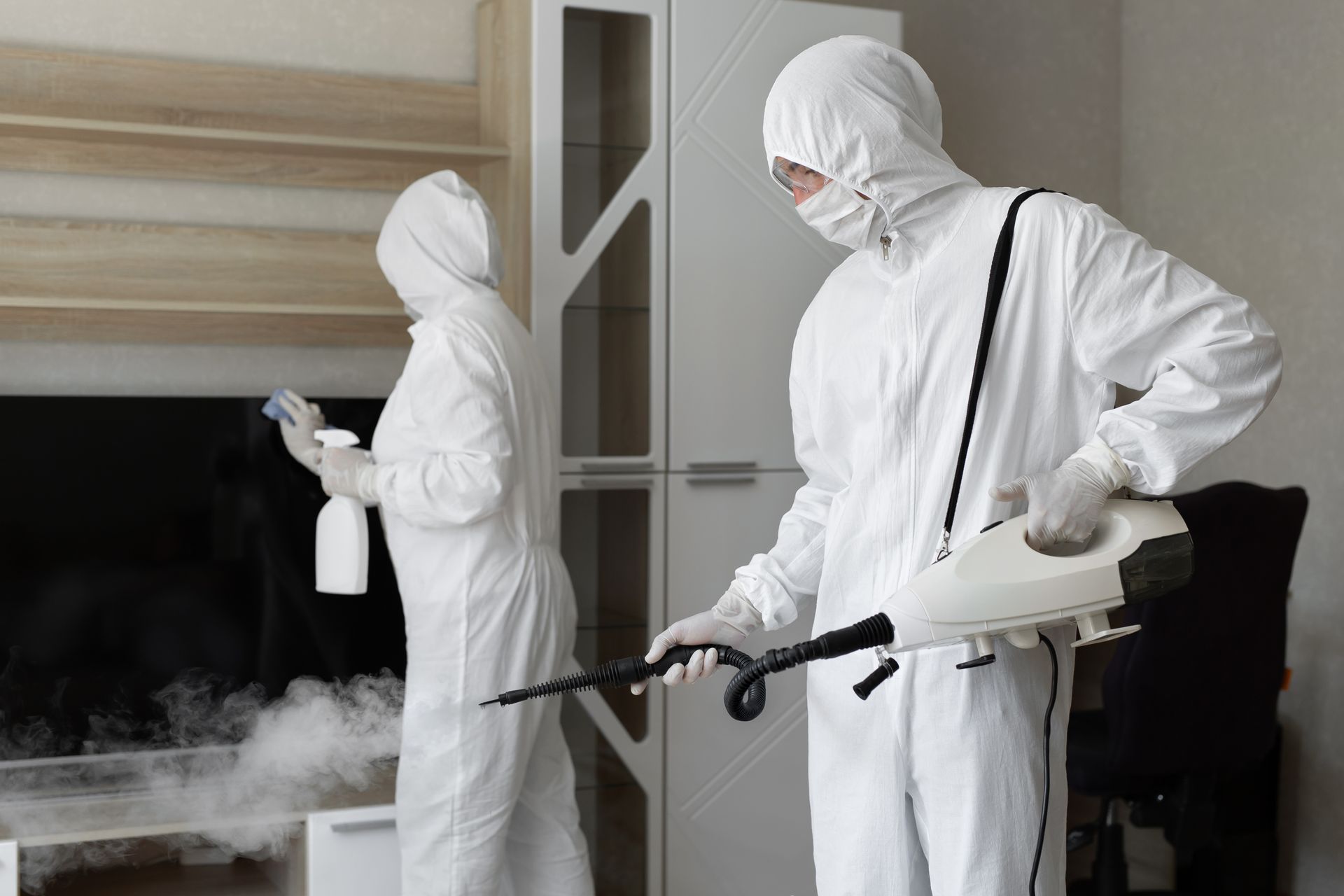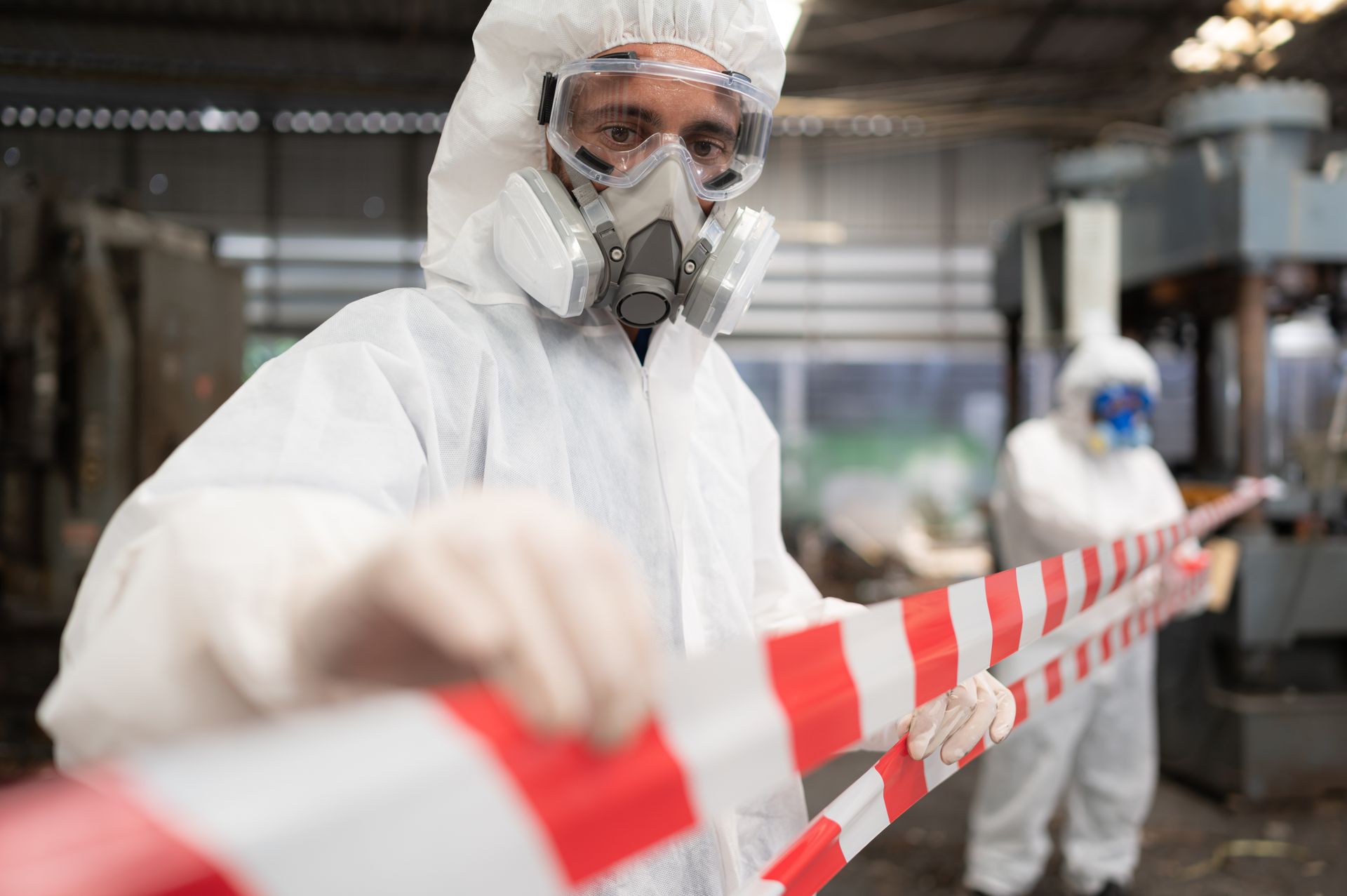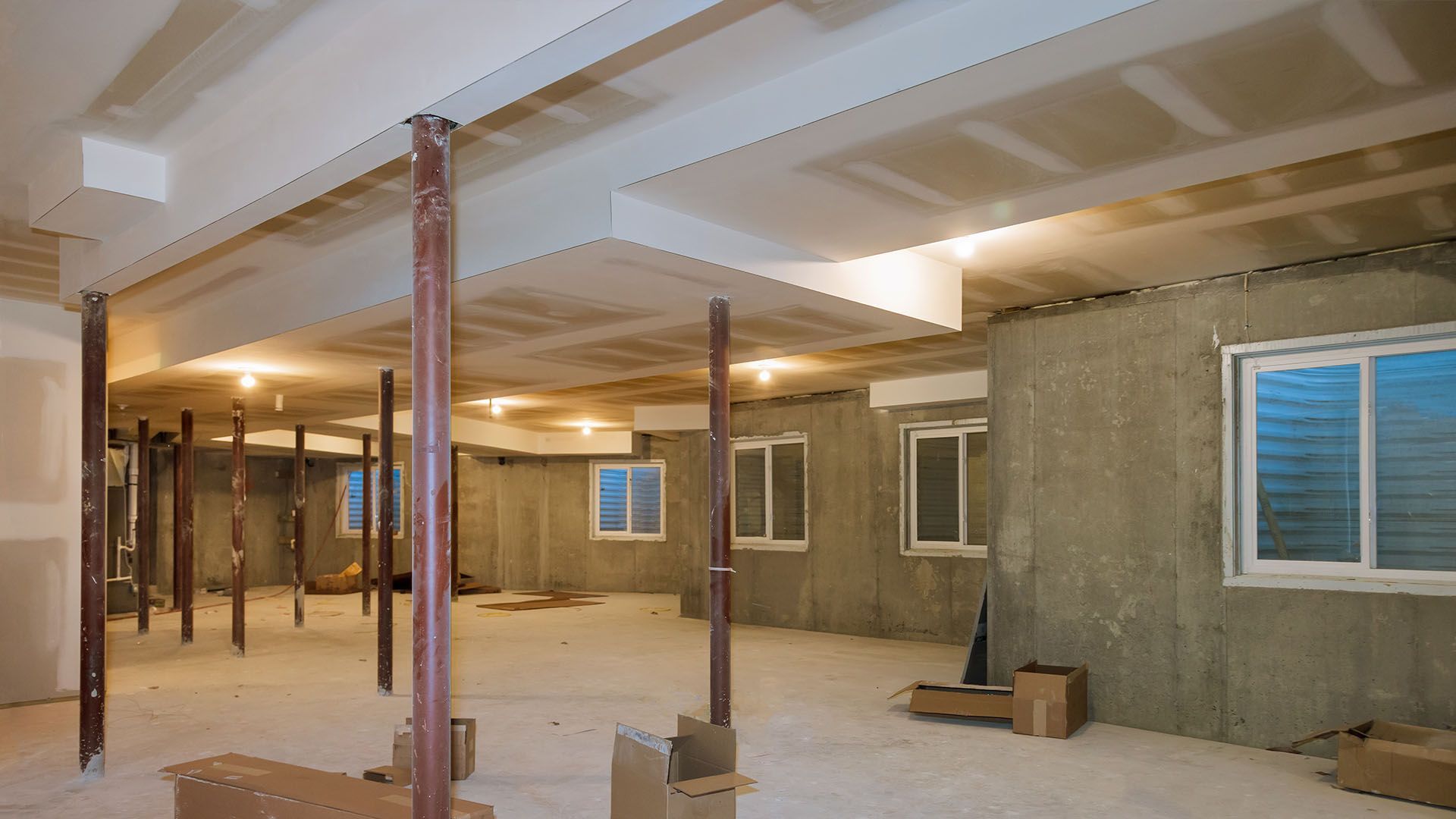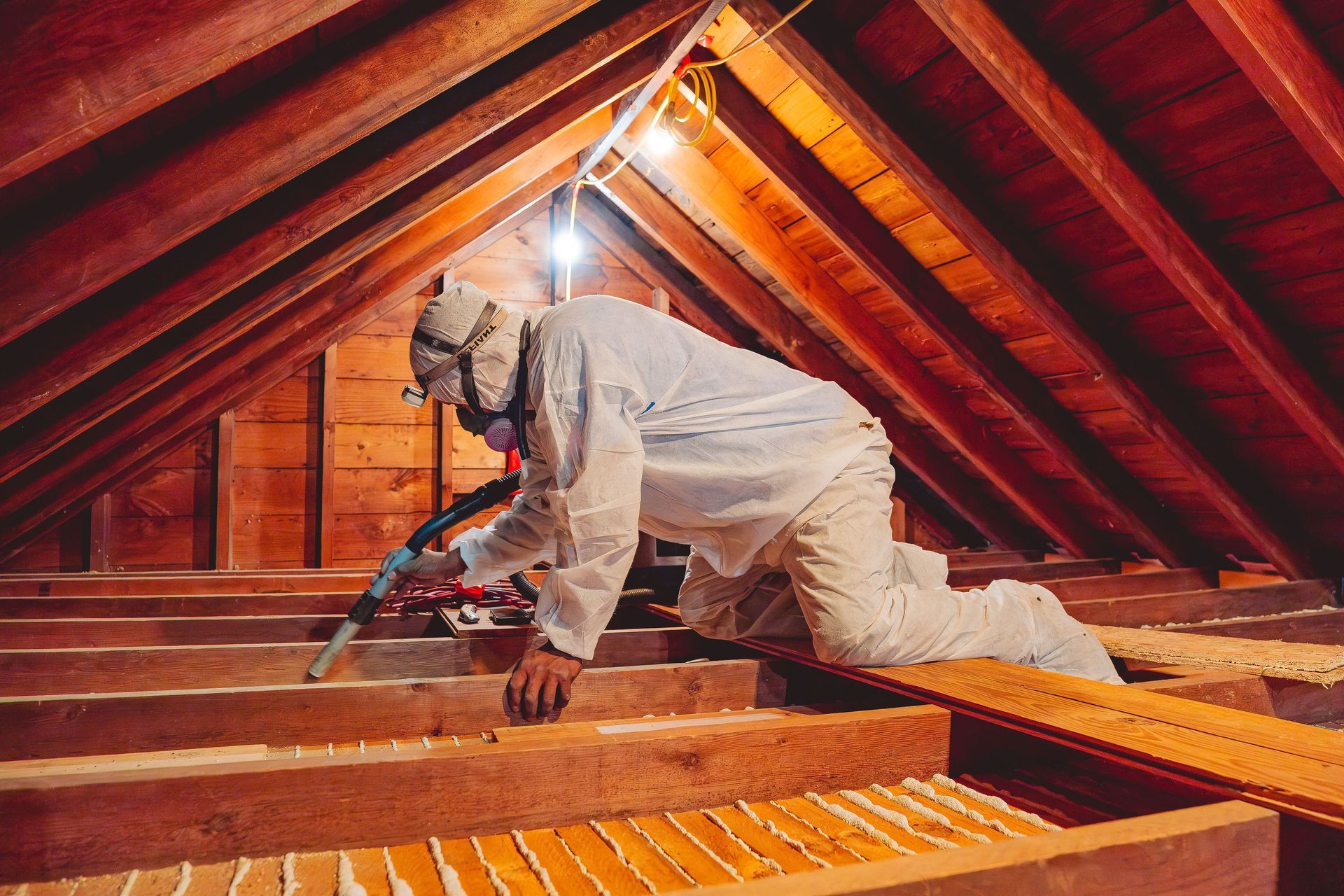Essential Considerations for an Accurate Asbestos Air Test
An asbestos air test is essential for ensuring the air you breathe is safe and free from harmful asbestos fibers. Whether you’re a homeowner or a worker in an asbestos-prone environment, knowing when and how to conduct an asbestos air test can protect your health. This guide will walk you through the crucial steps involved in asbestos air testing and what to expect during the process.
Key Takeaways
- Accurate asbestos air testing requires precise sampling techniques, including proper calibration, air flow rates, and the use of specialized filters to ensure reliable results.
- Different air testing methods, such as PCM and TEM, serve various purposes with distinct advantages, where PCM is cost-effective but less precise, whereas TEM offers higher accuracy at a greater cost.
- Legal regulations mandate thorough asbestos surveys and air testing before renovations or demolitions to protect public health, with specific limits established for acceptable airborne asbestos levels.
Essential Considerations for an Accurate Asbestos Air Test
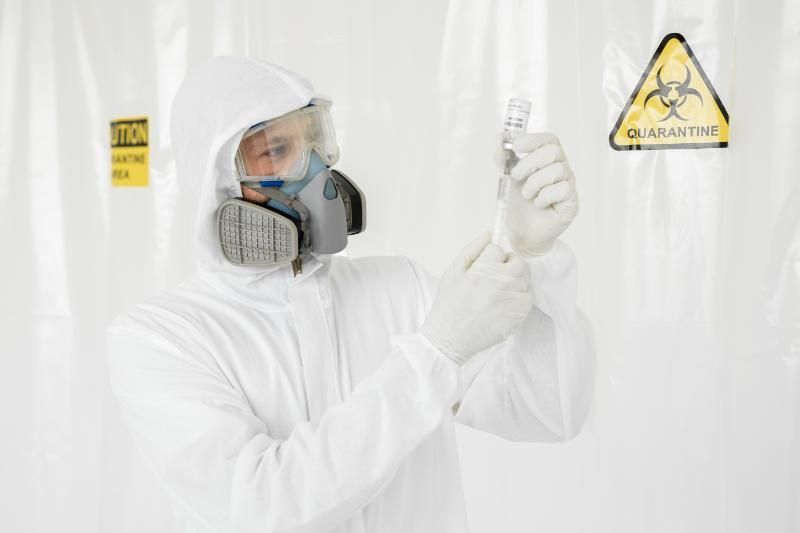
Accurate asbestos air testing involves meticulous attention to detail and strict adherence to procedures. Proper calibration of sampling pumps before and after use is essential for ensuring consistent and reliable air sampling.
Sampling flow rates for air testing typically range from 0.5 to 5.0 liters per minute to capture representative air samples. A mixed-cellulose ester filter is generally used to collect airborne asbestos fibers, and a minimum air volume of 25 liters is recommended for accurate analysis.
Quality control measures, such as slide trading with other laboratories, ensure consistent results in asbestos air testing. Field samples collected in the breathing zone of individuals accurately assess exposure levels. Sealing air sampling cassettes after sampling prevents contamination.
Calculating airborne asbestos concentration requires knowing the total number of fibers counted and the area sampled. This process determines if the environment is safe for occupancy or if further remediation is necessary. Other fibrous materials, like fiberglass, can interfere with asbestos analysis and should be considered.
Introduction
Accurate asbestos air testing is integral to health and safety. For both asbestos workers and homeowners, understanding air testing intricacies is crucial. This guide offers a comprehensive overview of the process, from initial surveys to final assessments.
Personal asbestos air testing is conducted for workers engaged with asbestos materials and for non-asbestos workers who might be exposed. This testing determines the concentration of respirable asbestos fibers during specific tasks. Personal air monitoring equipment ensures accuracy and reflects actual conditions.
An asbestos survey conducted identifies the presence and condition of asbestos-containing materials, ensuring safety from exposure. This proactive approach prevents potential health hazards and manages asbestos removal or disturbance safely, protecting both health and investments.
Understanding Asbestos and Its Risks
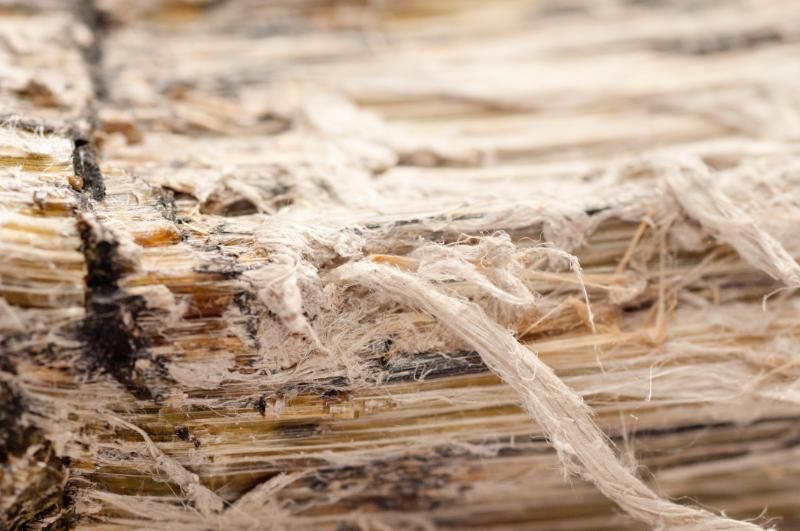
Asbestos, a naturally occurring fibrous silicate mineral, is known for its heat-resistant properties and was widely used in building materials throughout the 20th century. However, inhaling asbestos fibers poses significant health risks.
Disturbing asbestos-containing materials releases tiny fibers into the air, which can remain airborne for extended periods, increasing the risk of inhalation. Inhaling asbestos fibers can cause lung cancer, asbestosis, and mesothelioma, with a latency period of 10 to 40 years, making it a silent but deadly hazard.
Asbestos exposure risks are dose-related; the more fibers inhaled, the greater the health risk. Even small amounts can be dangerous, especially for those indirectly exposed. Asbestos air testing ensures environments are safe and free from harmful asbestos levels.
Understanding asbestos’s nature and risks highlights the importance of proper air testing. This knowledge helps identify potential hazards and implement safety measures to prevent exposure, ensuring a safer environment for all.
When Is an Asbestos Air Test Necessary?
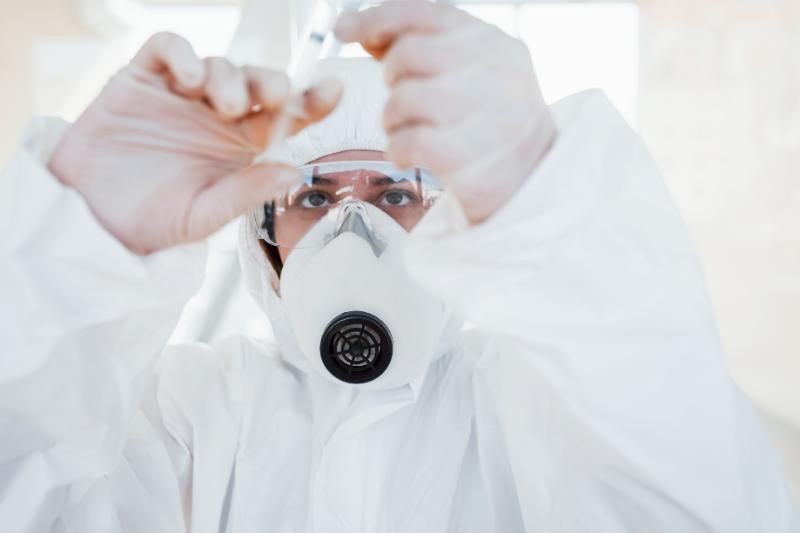
Asbestos air testing is necessary when asbestos is identified as damaged or friable to assess airborne fiber contamination. This is crucial before renovations and demolitions, as disturbing asbestos-containing materials can release fibers into the air.
Asbestos air testing ensures safety by monitoring airborne fibers, protecting both removal workers and the general public. Background air testing establishes baseline fiber levels and monitors control measures’ effectiveness during remediation or removal tasks.
Post-removal air testing confirms an area’s safety for reoccupation by ensuring all asbestos materials are removed or properly encapsulated. Legal requirements mandate thorough asbestos surveys before renovation or demolition in older buildings. Early identification and addressing of asbestos hazards significantly reduce exposure risks.
Types of Asbestos Air Testing Methods
Asbestos air testing utilizes two main methods: Phase Contrast Microscopy (PCM) and Transmission Electron Microscopy (TEM). Each method offers unique advantages and limitations, serving different purposes in the testing process.
PCM is a cost-effective, commonly used method for routine air testing. It is convenient and less expensive, suitable for many asbestos removal projects. However, PCM cannot distinguish between asbestos and other fiber types, which can lead to false positives.
TEM offers higher accuracy by identifying specific asbestos fibers but is more costly and time-consuming. This method is used when a high degree of confidence in the results is necessary.
Phase Contrast Microscopy (PCM)
Phase Contrast Microscopy (PCM) is widely used for counting airborne asbestos fibers due to its convenience and low cost, making it practical for many testing scenarios. However, PCM cannot distinguish between asbestos and other fibrous materials like fiberglass, which can lead to inaccurate results.
Despite this limitation, PCM is effective for initial screenings. The detection limit for asbestos fibers using PCM is about 4 fibers per 100 fields, providing a useful benchmark for further analysis. If a significant concentration is detected, more detailed analysis using TEM may be warranted to confirm asbestos presence.
Transmission Electron Microscopy (TEM)
Transmission Electron Microscopy (TEM) excels in accurately identifying asbestos fibers. Unlike PCM, TEM can distinguish between asbestos and non-asbestos fibers, providing higher confidence in results, which is crucial in environments where accurate asbestos identification is critical.
However, TEM has higher costs and longer processing times compared to PCM. It is typically used in scenarios requiring precise identification, such as post-removal clearance testing.
TEM uses an electron microscope to analyze air samples, detecting minuscule fibers that PCM might miss. This detail makes TEM invaluable for ensuring the safety and compliance of asbestos removal projects.
Steps Involved in Conducting an Asbestos Air Test
Conducting an asbestos air sampling test involves several critical steps to ensure accurate and reliable results. A minimum air volume of 25 liters is recommended for reliable sampling. Air sampling involves pulling a known volume of air through a filter to capture airborne asbestos fibers, typically done using a mechanical pump that draws air through a 25mm filter for analysis.
Field samples collected in the breathing zone of individuals ensure accurate exposure assessment. After sampling, the collected fibers are counted and analyzed to determine acceptance criteria against safety standards, often using phase contrast microscopy to count the number of fibers.
Properly sealing air sampling cassettes after sampling prevents contamination. Analyzing air samples involves counting asbestos fibers under a microscope, with acceptable results being less than 0.01 fibers per milliliter. Non-asbestos fibers collected during testing can be omitted to maintain accurate asbestos concentration results.
Quality control measures, such as slide trading with other laboratories, ensure consistent and reliable results. This rigorous process ensures that asbestos air testing provides a clear and accurate assessment of air quality, safeguarding health and safety.
Common Types of Asbestos Air Tests
Asbestos air testing includes several types, each serving a specific purpose in different scenarios. These tests ensure that asbestos fiber levels are within safe limits and that any asbestos removal work has been completed successfully.
Three common types of asbestos air tests are background air testing, reassurance air testing, and clearance air testing. Each type has a unique application and methodology tailored to specific phases of asbestos removal and management projects.
Background Air Testing
Background air testing establishes baseline fiber levels before starting remediation activities. This testing determines the work environment’s safety and the adequacy of control measures to keep fibers below harmful concentrations, typically conducted during asbestos remediation or removal works to monitor airborne fiber levels.
The process involves sampling a known volume of air through a filter using a sampling pump, then analyzing it in a laboratory to detect fibers. This initial testing ensures the affected area remains safe throughout the remediation process.
Reassurance Air Testing
Reassurance air testing confirms that asbestos-related tasks have not resulted in airborne fiber concentrations above control limits. This testing provides peace of mind by indicating whether your home or work environment is safe to occupy based on fiber count.
This testing is necessary after asbestos has been disturbed or removed to ensure that air quality meets safety standards. Reassurance air testing confirms the effectiveness of safety measures implemented during asbestos removal or disturbance activities.
Clearance Air Testing
Clearance air testing is a mandatory step for legal compliance, ensuring an area is safe for reoccupation after asbestos removal. It confirms the area is fit for normal reoccupation and that all necessary safety precautions have been observed.
The minimum detectable limit for asbestos during asbestos clearance air testing is ten times lower than the control limit, ensuring high safety. The four-stage clearance process is required after projects within an enclosed asbestos work area, providing a thorough and reliable assessment of air quality post-removal.
Health Implications of Asbestos Exposure
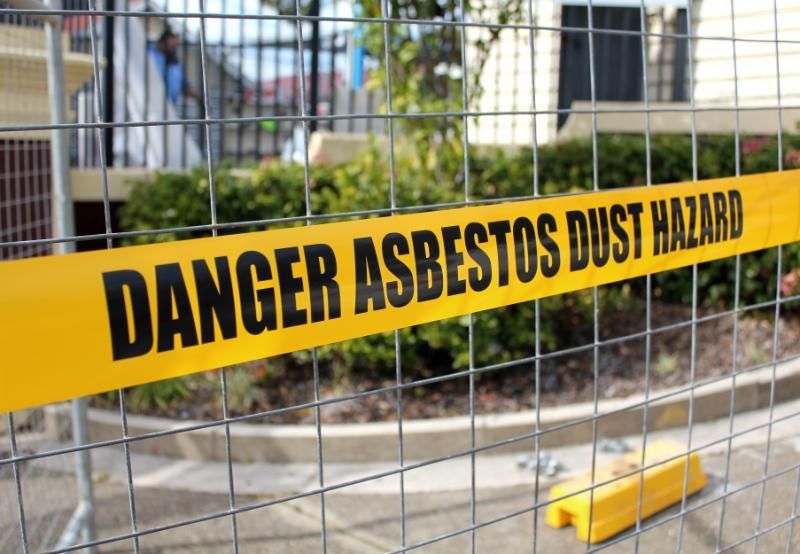
Exposure to asbestos is associated with severe diseases, including lung cancer, asbestosis, and mesothelioma. The latency period for asbestos-related diseases ranges from 10 to 40 years, meaning symptoms may not appear until many years after exposure, making asbestos a silent but deadly hazard.
The risk of developing asbestos-related diseases is dose-related, meaning the more fibers inhaled, the greater the risk of developing health problems. Even small amounts of asbestos can lead to mesothelioma, particularly in individuals who have been indirectly exposed. Therefore, it is crucial to conduct asbestos air testing to ensure that environments are safe and free from harmful levels of asbestos fibers.
Legal Requirements and Standards for Asbestos Air Testing
Legal requirements for asbestos air testing are stringent to ensure public safety and health. OSHA sets permissible exposure limits for airborne asbestos at 0.1 fiber per cubic centimeter as a time-weighted average. These standards are crucial for maintaining safe working environments, particularly in industries where asbestos exposure is a risk.
The Asbestos Hazard Emergency Response Act mandates inspections of school buildings for asbestos and the creation of management plans to address any identified hazards. Similarly, the Clean Air Act empowers the EPA to set national emission standards for hazardous air pollutants, including asbestos. This ensures that asbestos levels in the air remain within safe limits.
For any demolition or renovation work on older buildings, thorough inspections are required to identify and mitigate asbestos hazards. Only accredited laboratories are permitted to conduct air monitoring and sample analysis. Accreditation signifies the competence and reliability of these organizations, ensuring that the air testing results are accurate and trustworthy.
Choosing the Right Professional for Asbestos Air Testing
Selecting the right professional for asbestos air testing is crucial for ensuring accurate and reliable results. Accreditation to ISO17025 is required for legal compliance, meaning the testing firm must meet internationally recognized standards. A UKAS accredited analytical firm should be chosen for conducting the tests to ensure they are performed to the highest standards.
The testing firm must be independent from the removals contractor to avoid any conflict of interest. Records of asbestos air testing should be retained for at least 40 years for employee exposure and 5 years for general testing.
Only trained and accredited asbestos professionals should handle the asbestos removal project or repair of asbestos-containing materials, ensuring that the process is safe and compliant with legal requirements.
What to Do If Your Home Contains Asbestos
If you suspect asbestos in your home, it is essential to contact a licensed asbestos inspector immediately. Attempting to test or remove asbestos materials yourself can be extremely hazardous. If the asbestos-containing materials are in good condition and undisturbed, it is usually safest to leave them alone.
Regular inspection and monitoring of asbestos-containing materials for any signs of damage or wear are crucial. For slightly damaged materials, limiting access and avoiding disturbance can be an effective management strategy. However, if the asbestos materials are extensively damaged, professional assistance is necessary for safe removal or repair.
Summary
In summary, accurate asbestos air testing is vital for ensuring health and safety in environments where asbestos-containing materials may be present. Understanding the risks associated with asbestos exposure, the legal requirements, and the methods for testing and remediation can help mitigate these hazards. By choosing accredited professionals and adhering to safety standards, we can ensure safe living and working environments free from asbestos risks. Stay vigilant, and always prioritize safety when dealing with asbestos.
